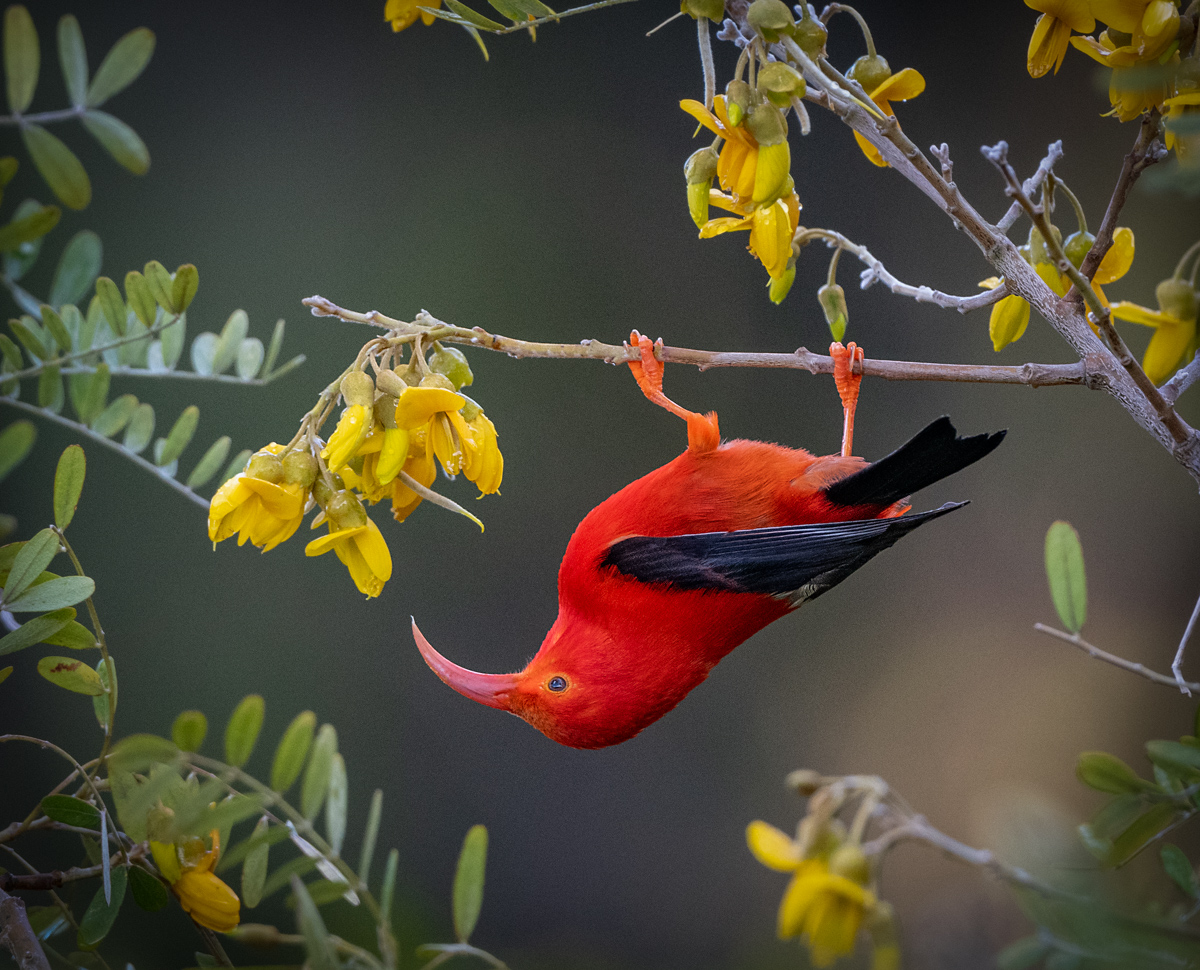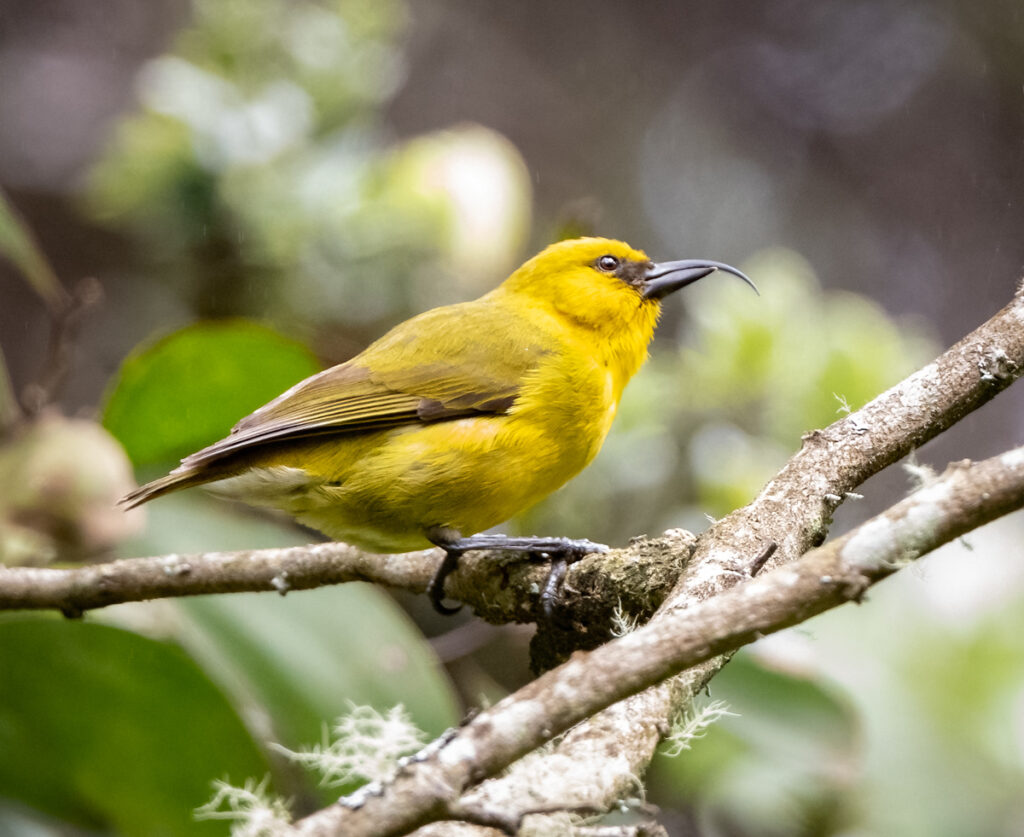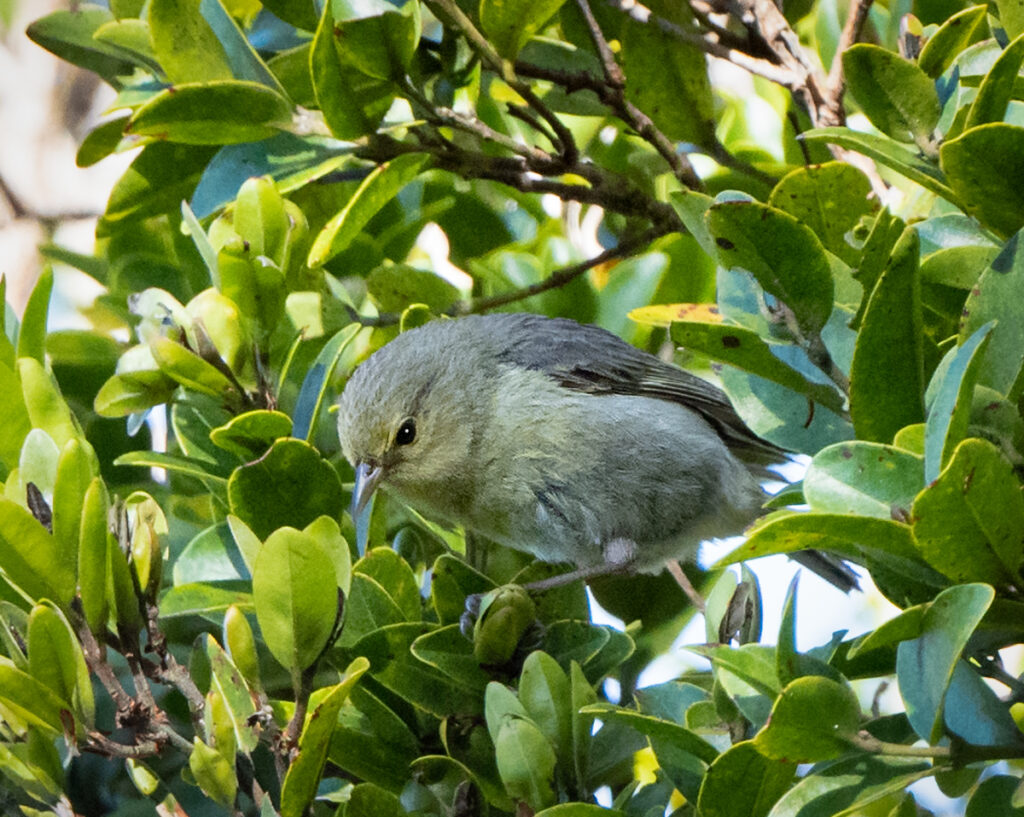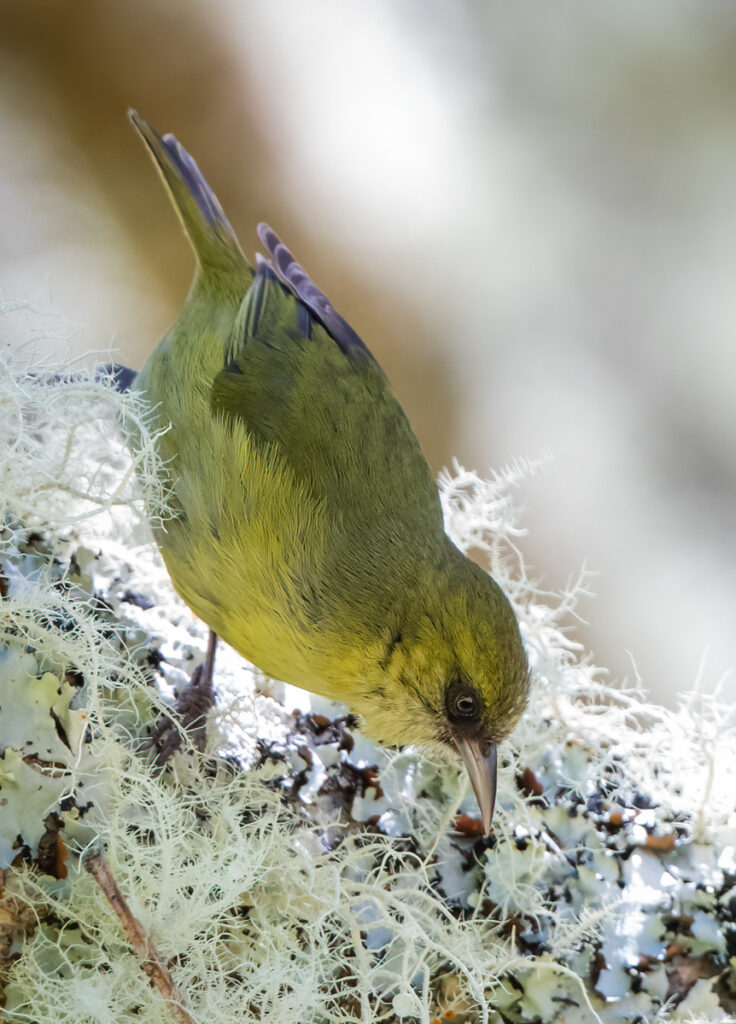
Hawaii is home to around 350 species of birds and is one of the world’s dream destinations for birders, with its tropical climate, beautiful beaches, and diverse landscape. Some species of birds are found nowhere else on the planet, like the Hawaiian honeycreepers. It is now estimated that only 17 of these forest birds are left and are at severe risk of extinction, hastened by the literal rise of a famously bloodthirsty insect.

Extinction Capital
The wildlife in Hawaii has spent millions of years evolving in the absence of predators and disease, undergoing something called adaptive radiation, where one species diversifies into many to exploit the available resources. All wildlife there came under immense pressure in the 1800s with the arrival of European cargo ships and their attendant animals and diseases. Having never needed to defend against such things, the native species faced their most tragic era. Whilst it is impossible to know exactly how many species have died out since, it is thought that 25% of all currently endangered species of the United States live in Hawaii, earning these tiny islands in the Pacific the ignoble title of “extinction capital of the world”.

Just One Bite
Decades of deforestation in Hawaii have led to huge habitat loss, playing a major role in the decline of bird populations. Then there are the bugs: mosquitoes do not belong in Hawaii, but the arrival of these disease-carrying insects, likely in water barrels that harbored the larvae, meant that just a single bite from one led to the eradication of hundreds of bird species over the years by transmitting avian malaria and avian pox. Those species that remained then moved up into the cooler mountaintop forests above 4,000 feet where the mosquitoes found it too cold to survive, effectively creating an intangible border between the two zones – a mosquito line. Once thought safe, global warming now means that line is moving upwards, and as record temperatures occur year on year, the mosquito’s range expands. Birds that had adjusted to living in ever-more confined regions above the moist forest belt now share those spaces with the insects; refuge is hard to find.

Modified Mosquitos
To try and solve this problem, scientists have been working on ways to curb the populations of mosquitoes, with one solution involving the creation of genetically engineered species that are only capable of producing male offspring – of the 6% of the world’s mosquito species who need blood from living things to feed their young, it is the females that bite. Another plan is to infect mosquitoes with a particular strain of bacteria that, when the mosquitoes mate, renders their offspring sterile. As female mosquitoes only mate once, the population would soon plummet.

The philosophical and ethical aspects of wilfully erasing the entire species of an insect are considerable, and the concomitant scientific repercussions potentially enormous; but supporters point out that there are no native mosquitoes in Hawaii, serving no part of any significant food web – it’s simply a case of weighing up what is lost against that which remains. Restoring habitat and curbing deforestation is still a principal aim, but many say that the birds don’t have that luxury of time and need drastic immediate measures. Proposals to bring a small number of birds to mainland sanctuaries where they can remain until their home is mosquito-free are being discussed, but there are concerns – taking even just a few birds from an already decimated population could hasten extinction, and there is debate around whether captive birds can return to their habitats, whether they will lose their behaviors, or their genetic diversity is severely curtailed.

Time to Act
Whatever the answer, hope is still held close; multi-agency efforts are working hard and quickly to find a solution. The general acceptance among all, however, is that we brought the mosquitoes to the birds, and they are dying out at the species level at an alarming rate because of it. We must bear the responsibility of reversing that fateful step and act now before it is too late for all of Hawaii’s beautiful and vital birds.


